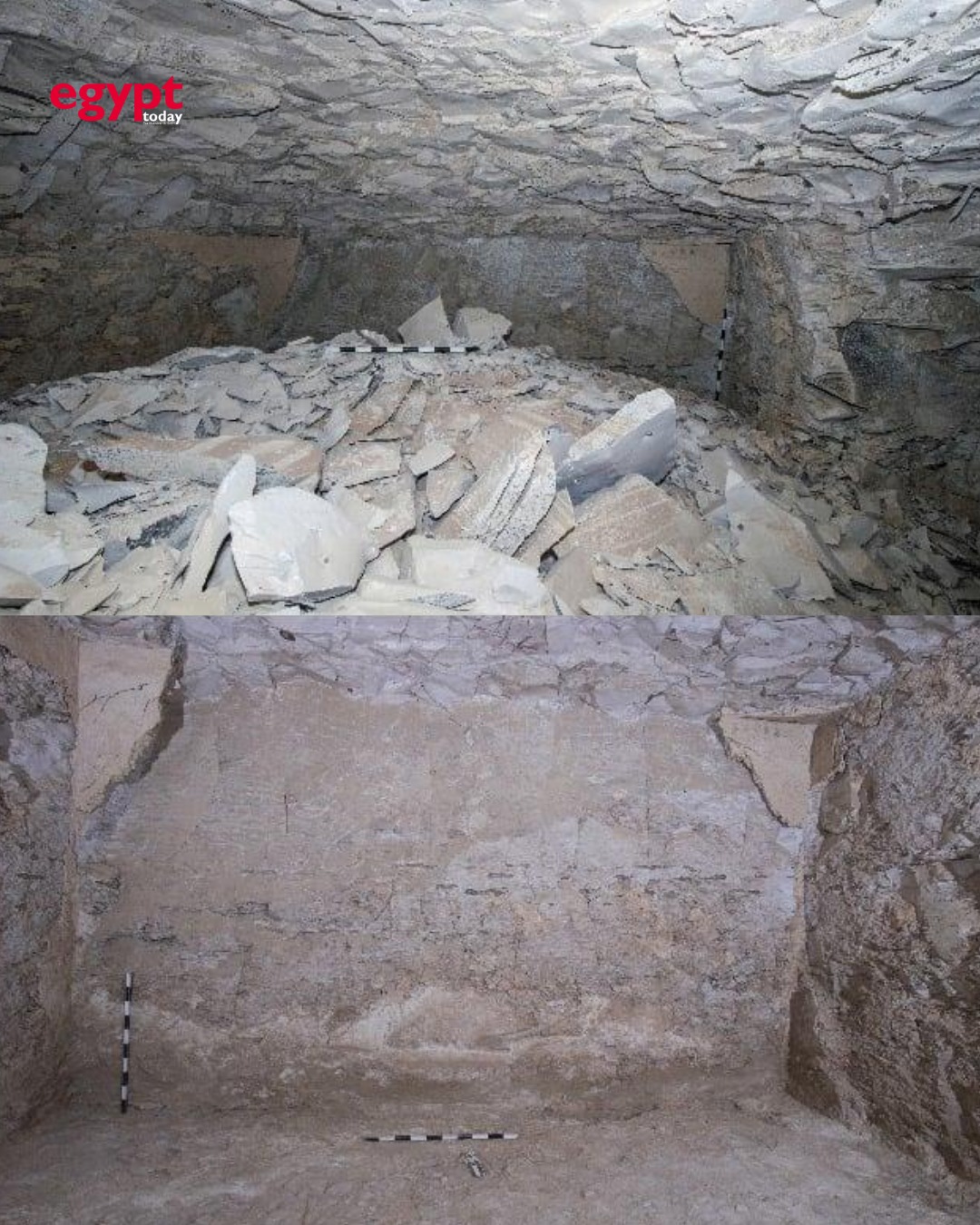The joint Egyptian-English archaeological mission, affiliated with the Supreme Council of Antiquities and the New Kingdom Research Foundation, has announced the discovery of the tomb of King Thutmose II.

This is the last missing tomb of the 18th Dynasty kings in Egypt and the first royal tomb to be found since the discovery of King Tutankhamun’s tomb in 1922.
The discovery occurred during excavations and archaeological studies of Tomb C4, whose entrance and main passage were found in 2022 in Valley C, within the Theban mountain west of Luxor.

The site is located approximately 2.4 kilometers west of the Valley of the Kings, and evidence suggests that it belongs to King Thutmose II. Dr. Mohamed Ismail Khaled, Secretary-General of the Supreme Council of Antiquities, explained that the team initially believed the tomb belonged to the wife of one of the Thutmosid kings when they discovered its entrance and main corridor in October 2022.
This assumption was based on the tomb’s proximity to the burial sites of the wives of King Thutmose III and Queen Hatshepsut’s tomb, which had been prepared for her as a royal wife before she took the throne as a ruling queen and was buried in the Valley of the Kings.
However, during this excavation season, the mission uncovered new archaeological evidence confirming that the tomb’s owner was King Thutmose II.
They also found that Hatshepsut oversaw his burial as both his wife and half-sister. Dr. Khaled stated that fragments of alabaster vessels found in the tomb bore inscriptions with the name of King Thutmose II, referring to him as “the deceased king,” alongside the name of his principal wife, Queen Hatshepsut, confirming the tomb’s ownership.
Mohamed Abdel-Badia, head of the Egyptian Antiquities Sector at the Supreme Council of Antiquities and leader of the mission from the Egyptian side, reported that the tomb was found in poor condition due to flash floods that occurred shortly after the king’s death, submerging the site.
This damage led the archaeological team to remove and restore fallen plaster fragments.
Preliminary studies suggest that the tomb’s primary contents were relocated elsewhere in ancient times after the flooding.
Abdel-Badia added that the discovered plaster fragments feature traces of blue inscriptions, yellow stars on the ceiling, decorative elements, and passages from the Amduat—one of the most significant religious texts associated with royal tombs in ancient Egypt.
Comments
Leave a Comment